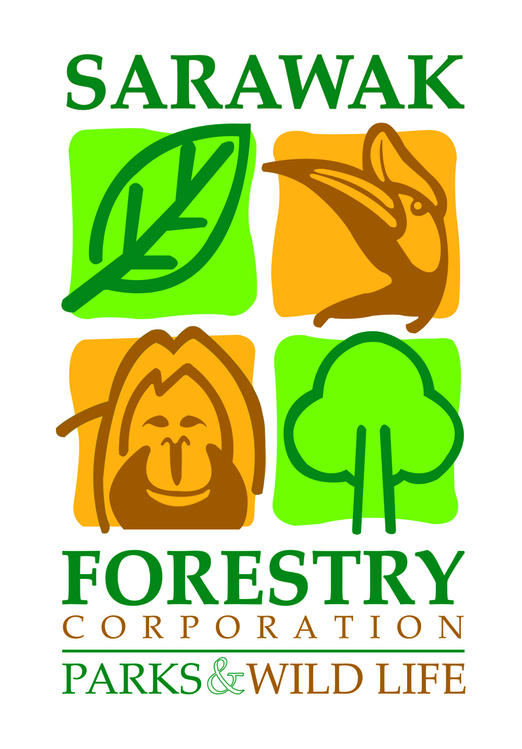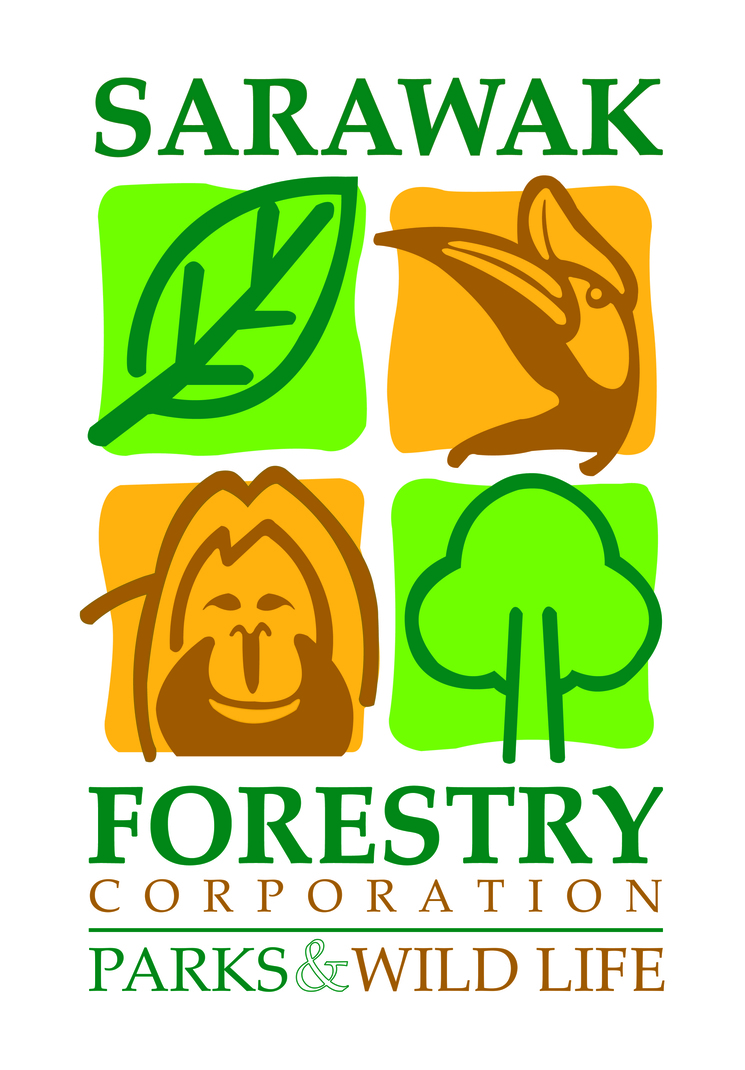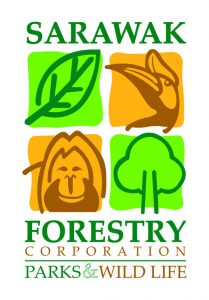BRC was established in 1976. It covers 22 hectres of specialized gardens and 14 hectres of natural arboretum. BRC has comprehensive collections of Sarawak’s selected and important plants species. Living plants samples collected from all over Sarawak during field expeditions are being transplant here. BRC is a living museum for researcher, scientists and general public who wish to conduct research, nature educational programmes or just admire the beauty of flora in Sarawak.
BRC also houses a modern office that places plant tissue culture laboratory, glasshouses, nurseries and 7 specified gardens. Infrastructure such as jungle trails, resting sheds, viewing platform, bridges and other basic facilities have been develop in the gardens.









